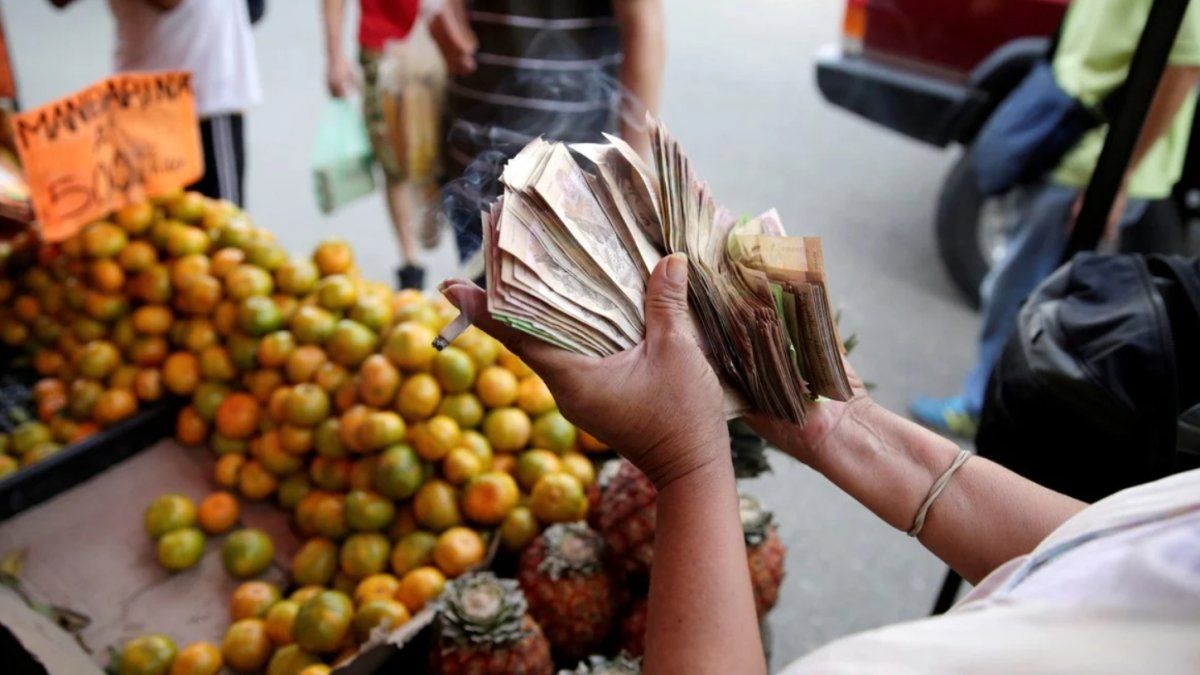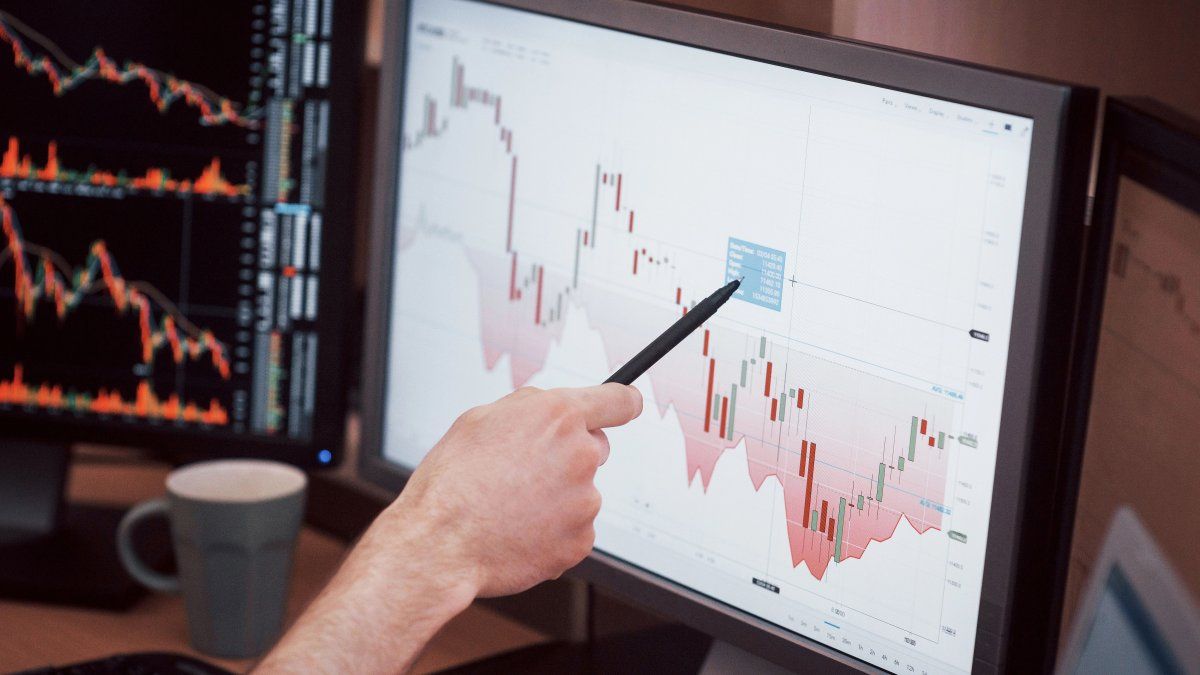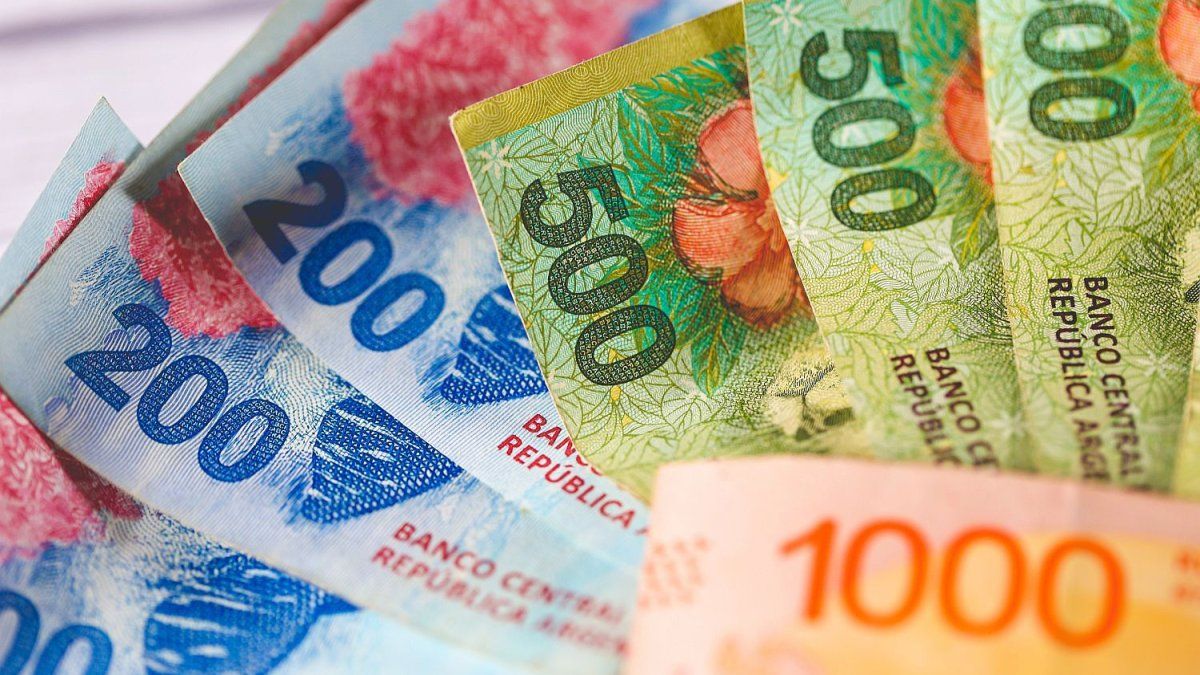Fall of oil and industry
One of the main indicators that marks the distance with respect to 2013, when Maduro took office, It is oil production, the country’s main source of foreign currency. That year, an average of 2.4 million barrels per day were extracted, while in 2022 the figure per day was 716,000, according to OPEC records. In March, said the president of Petróleos de Venezuela (PDVSA), Pedro Tellechea, production was 895,000 barrels per day, just over a third of the figure for 2013.
Oliveros points out that, despite the fall in oil production, The sector’s exports still represent 87% of state revenues, just three points less than a decade ago, since the economy was not diversified.
The Maduro government, in turn, blames this productive deterioration on the sanctions imposed by the United States since 2017 Venezuela’s energy sector, some of which were lifted for six months between October and April before being reimposed after María Corina Machado’s candidacy was disqualified.
For its part, the Private industrial production showed an increase of 16.9% in the first quarter of 2024, compared to the same period in 2023, according to a survey by the Venezuelan Confederation of Industrialists (Conindustria), after the same survey showed 4.3% for last year
“The industry reached a critical level in 2021, when it was operating at 21% of its capacity. Now it is at 42%. There is growth, but it is concentrated in a few sectors, such as agriculture and pharmaceuticals. When Maduro came to power, the use of installed capacity was at 70%. Outside the core sectors, the situation is critical, with some signs of recovery,” Oliveros said.
Alarcón, from UCAB, pointed out that “a good part of the national industry is intervened (by the Government) and other companies closed because the operation became unsustainable” due to the increase in expenses and the tax burden. For this reason, he pointed out that sometimes It is cheaper to buy imported products and in many areas there is no economy of scale. In this sense, economic openness facilitated the alleviation of the shortage of basic products that had been recorded in supermarkets years ago.
Venezuela dollars
Venezuela’s economy became de facto dollarized
Photo: The Carabobeño
The impact of the exodus
Besides the industrial capacity, Venezuela also saw 7.7 million people leave the country in the last decade in search of better opportunities, of which 90% are of working age.
In 2017, 40% of recent emigrants had university level achieved, according to the National Survey of Living Conditions (Encovi, UCAB), although the figure fell to 22% in 2022.
What will happen to inflation?
The Venezuelan economy is inflationary based, with a year-on-year price increase that has never fallen below 10% in the last 40 years, so it never entered the “low” category: during that period it was always moderate to high.
The most acute crisis was the hyperinflation that the country experienced between 2017 and 2021with waves of price increases of three-digit percentages per month, which led to two monetary reconversions in which five zeros were eliminated from the Bolívar in 2018 and six zeros in 2021. These were times when merchants preferred to weigh the bills rather than count them to save time.
During that period, and with a strong shortage of foreign currency, The Government decided to lift strict exchange controls, 15 years after they were installed in 2003 by the late President Hugo Chávez.
He Price increases have slowed considerably over the past two years, partly because of a de facto dollarization in retail trade. In the first four months of 2024, accumulated inflation is 6.3% in the first four months, the lowest in the last 12 years for a similar period,” the BCV reported in May.
The majority of the population is poor
The multidimensional poverty recorded by Encovilinked not only to income but to conditions such as housing, public services, social protection, work and education, was 51.9% in 2023, almost 15 points less than that recorded in 2021, although still 12 points above that recorded in 2014.
On May 1, Maduro announced an increase in the “integral minimum income” to about US$130 (paid in bolivars)although the amount is a sum of the minimum wage and bonuses that not all workers receive. Sectors of the opposition and unions mobilized on Labor Day to reject the minimum wage bonus and demand that it be raised to US$200 per month. The US$130 minimum wage puts Venezuela among the lowest wage levels in the regiononly above Cuba and Haiti.
To cover food needs, not including goods and services, A family group required more than three of the current minimum incomes in Aprils, according to the Documentation and Social Analysis Center of the Venezuelan Federation of Teachers (Cendas-FVM), which indicated that the Family Food Basket reached US$552.29.
As for the public services, The most dramatic episode was the 140 hours in which the country was left in the dark, without electricity supply, in March 2019, which Nicolás Maduro considered “an announced electrical war.” Although the Power outages have not been repeated on that scale, they continue to occur. In 2023, the Venezuelan Observatory of Social Conflict recorded more than 400 protests due to power outages, with complaints about intermittent service.
Source: Ambito




